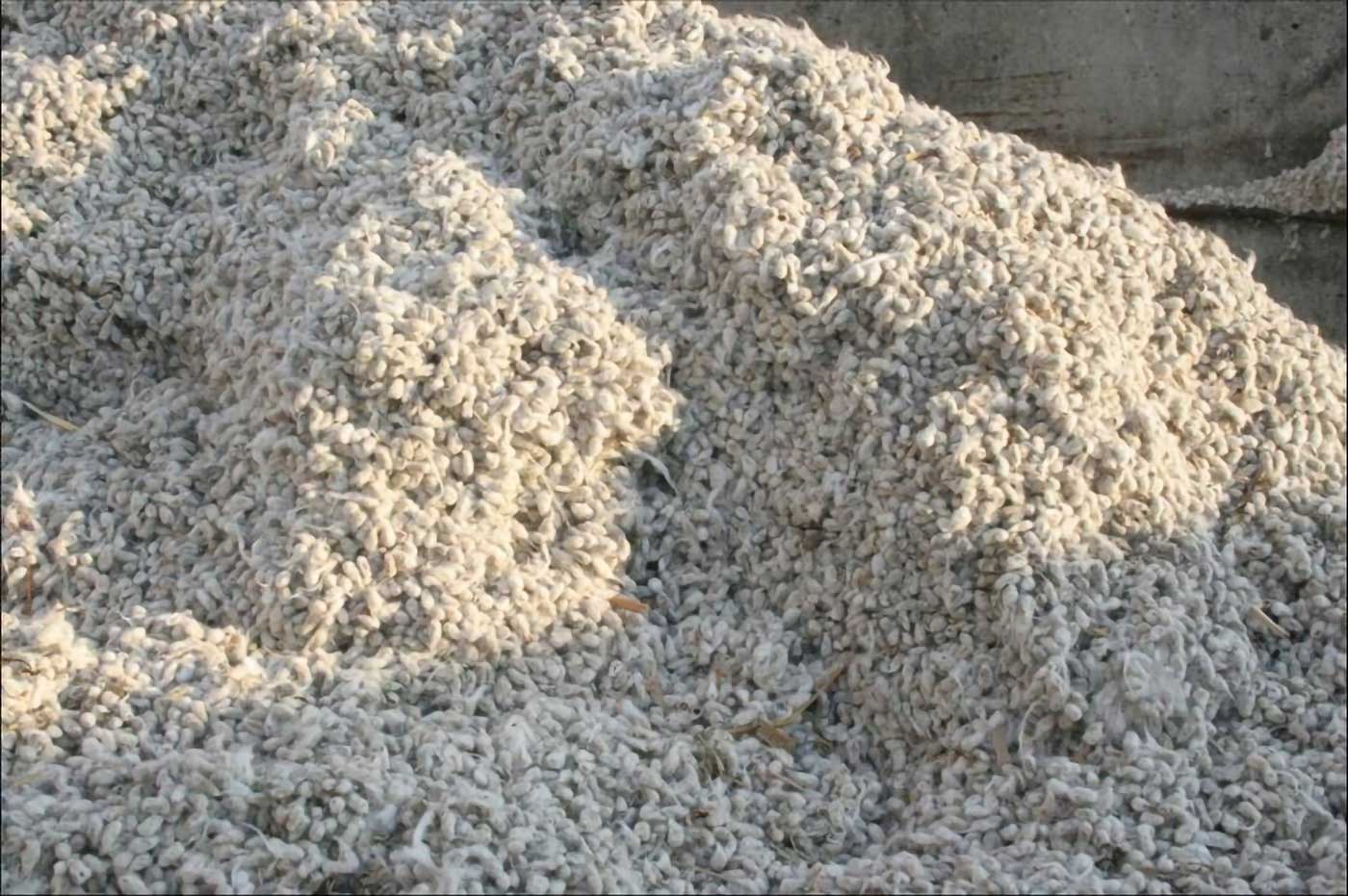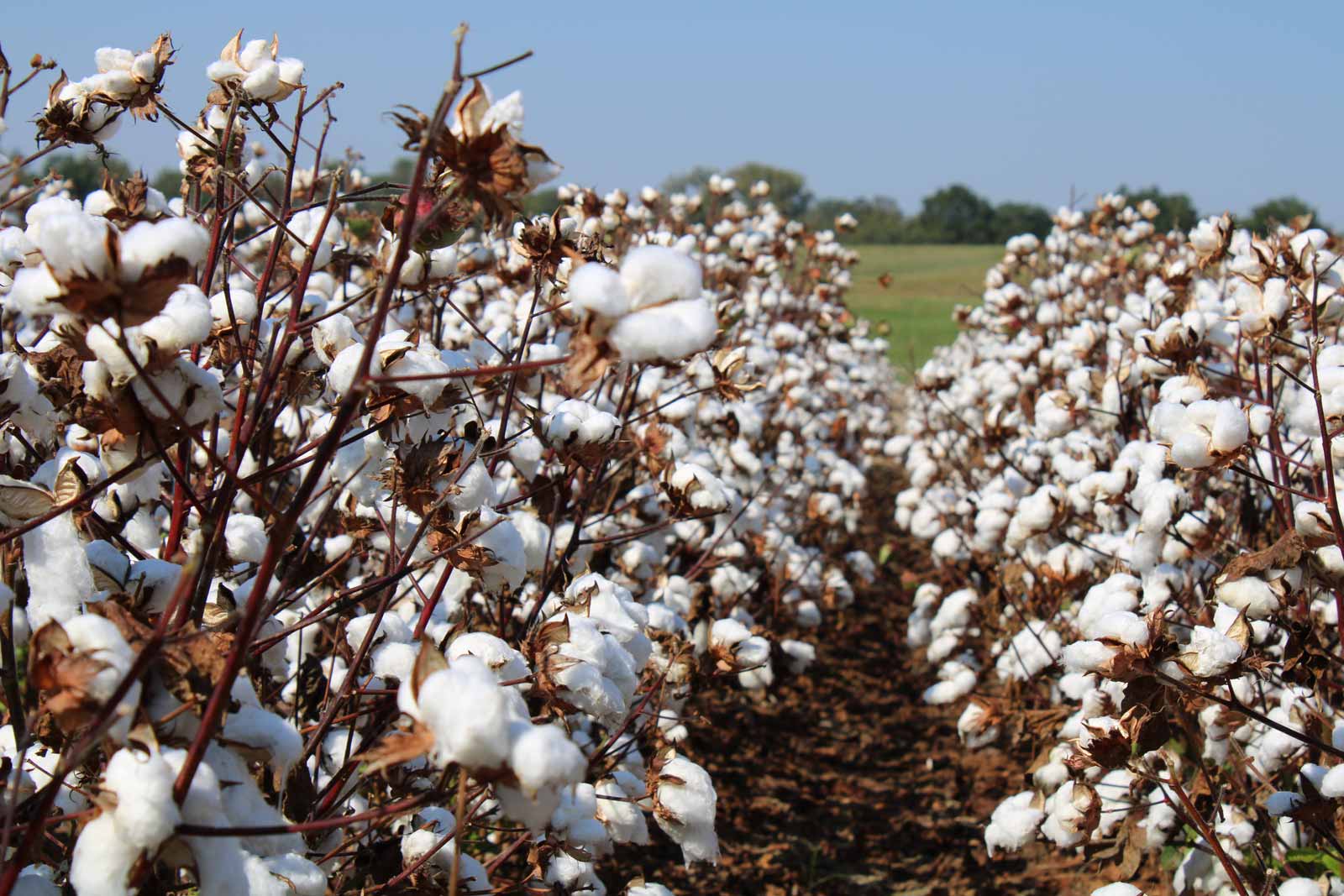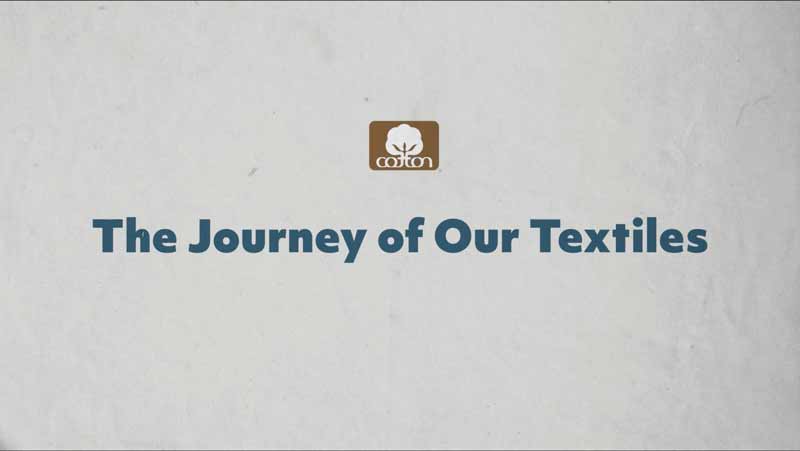- The Facts: Unlike synthetic fibers, cotton naturally stores biogenic carbon, offering a potential advantage for sustainable fashion.
- Why Cotton Matters: As a natural fiber, cotton absorbs and stores CO2, making it a crucial ally in the fight against climate change.
- The Science: New research from Cotton Incorporated, the Cotton Research and Development Corporation (CRDC) of Australia, and North Carolina State University shows cotton apparel provides a climate benefit of 22% over 10 years, thanks to its biogenic carbon storage abilities. This previously unaccounted benefit is revealed by using Dynamic Life Cycle Assessment, which factors in the timing of emissions over the products life cycle.
- The Bottom Line: Cotton is a powerful, yet often overlooked, solution for a more sustainable fashion industry.
As the global community strives to meet the 2030 climate goals of the Paris Agreement, exploring every avenue for greenhouse gas (GHG) emission reduction is paramount. While many focus on reducing emissions from industrial processes, a potent and often overlooked solution lies in nature: biogenic carbon storage. Cotton, a natural fiber, presents a significant opportunity in this arena, possessing an untapped potential to contribute to a cooler planet.
The carbon within cotton is considered to be biogenic, meaning it is sequestered from the atmosphere during plant growth. As cotton grows, it absorbs CO2 from the atmosphere through photosynthesis, temporarily removing this greenhouse gas from the air and storing it in their fibers, stalks, and roots. This natural process of temporary carbon sequestration provides a tangible cooling effect and offers a quantifiable benefit in the fight against climate change.
The research, Evaluating the Climate Benefits of Cotton’s Temporary Biogenic Carbon Storage with Dynamic LCA, aims to analyze the untapped potential and quantify cotton’s climate benefits. Researchers at Cotton Incorporated and North Carolina State University, together with the Cotton Research and Development Corporation (CRDC) of Australia, conducted a dynamic Life Cycle Assessment (LCA) study, focusing on evaluating the climate benefits of cotton apparel through temporary biogenic carbon storage.
The researchers utilized a dynamic LCA approach, which allows for a more nuanced understanding of how the timing of emissions affect climate impacts compared to traditional static LCAs. By considering the temporal aspect of emissions, dynamic LCA reveals the true value of temporary biogenic carbon storage, particularly in the short term.1 2 Static LCAs, the standard method for evaluating the life cycle impacts of a product, often fall short in capturing the full climate benefits of biobased products like cotton apparel.
These static LCAs typically operate under the simplified assumption that all emissions occur at the beginning of a product’s life cycle, failing to account for the crucial element of emission timing.3 Additionally, specific greenhouse gas species (e.g., methane, carbon dioxide, nitrous oxide) are commonly rolled up into something known as a “global warming potential” where impacts are converted to carbon dioxide equivalents.
This approach negates the discrete differences these gases have on climate change. For example, methane is relatively short lived but has a high radiative efficiency compared to carbon dioxide in the short term.4 5 These differences are particularly important in the context of society’s short-term climate targets, where the timing and type of greenhouse gas emitted plays a crucial role.
Unveiling the Potential: Cotton Apparel’s Carbon Storage Capabilities
Biogenic carbon captured in cotton fiber contributes to a net cooling effect on the planet through a reduction in radiative forcing – a benefit that increases the longer the carbon is kept sequestered.
The study, focusing on cotton woven pants, revealed that cotton’s carbon sequestration potential is underestimated when using traditional static LCA methods. By applying dynamic GHG accounting methods, which include the timing of individual greenhouse gas species, results show a 22% reduction in cumulative radiative forcing over a 10-year period compared to the static approach.6 This highlights the importance of considering emission timing when evaluating the environmental impact of biobased materials like cotton fabric.
Furthermore, the study explored various scenarios to illustrate how to maximize cotton’s carbon storage benefits:
Climate Smart Cotton: Implementing regenerative agricultural practices like cover cropping and no-till farming led to a 96% reduction in cumulative radiative forcing over 10 years.4 This highlights the significant role of incorporating more sustainable farming practices to amplify cotton’s climate benefits. The U.S. Cotton Trust Protocol’s Climate Smart Cotton Program serves as a prime example of how these practices are being implemented at scale. Launched in 2022, the program provides technical and financial assistance to over 1,500 U.S. cotton farmers to advance the adoption of climate smart practices on more than one million acres.
Extended Product Lifetime: Simply doubling the lifespan of a garment, from 4 to 8 years, resulted in a 28% reduction in cumulative radiative forcing over 10 years.7 This underscores the considerable impact consumers can have by extending the life of their clothes, emphasizing the value of durable, high-quality garments. Research suggests that cotton-rich clothing is often more durable and worn more frequently, further extending its beneficial lifespan, and keeping captured CO2 out of the atmosphere for longer.8
Recycled Insulation: Diverting end-of-life cotton garments into building insulation, a form of long-term storage, has shown a 94% reduction in cumulative radiative forcing over 10 years.9 This scenario demonstrates the potential of a circular economy approach, transforming waste into valuable resources while locking in carbon for extended periods. Initiatives like Cotton’s Blue Jeans Go Green™ denim recycling program provide practical examples of textile recycling. This program transforms recycled denim into various new products—from building insulation and pet bed inserts to thermal packaging insulation. All these uses help ensure the carbon stored in the cotton remains sequestered rather than being released back into the atmosphere after the first use.
Changing End-of-Life Pathways: The study also explored the impact of alternative end-of-life pathways. Composting cotton garments, which avoids emissions associated with landfills and incineration, led to a 69% reduction in cumulative radiative forcing over 10 years.10 Similarly, diverting cotton waste to bioenergy facilities for energy production resulted in a 63% reduction.11
Looking Ahead
These findings emphasize the need for a paradigm shift in how we view and value natural fibers like cotton. If a cotton garment is kept out of the landfill, it acts as a carbon sink, providing a net cooling effect on the atmosphere. This inherent characteristic, combined with innovative practices like regenerative agriculture positions cotton as a powerful ally in the fight against climate change.
Cotton Incorporated is dedicated to advancing research that unlocks cotton’s full environmental potential. This includes scaling the dynamic LCA study to a global perspective, encompassing the entire cotton supply chain and the vast amount of cotton garments stored in closets worldwide.
By embracing mindful consumption, supporting regenerative practices, and championing circularity, we can fully realize the climate benefits of cotton’s biogenic carbon storage potential. This collective effort paves the way for a more sustainable and climate-positive future for the fashion industry and our planet.
Learn More:
For more information about Cotton Incorporated’s research on cotton’s contribution to reducing the environmental impact of the fashion and textile industry, visit the Research and Publications section of the CottonToday website.

Steven Pires – Associate Director, Sustainability
[1] Levasseur, A., Lesage, P., Margni, M., Deschěnes, L., and Samson, R. (2010). “Considering time in LCA: Dynamic LCA and its application to global warming impact assessments, “Environmental Science and Technology44(8), 3169-3174. DOI: 10.1021/es9030003
[2]Levasseur, A., Lesage, P., Margni, M., and Samson, R. (2013). “Biogenic carbon and temporary storage addressed with dynamic life cycle assessment,” Journal of Industrial Ecology 17(1), 117-128. DOI: 10.1111/j.1530-9290.2012.00503.x
[3]Daystar, J., Venditti, R., and Kelley, S. S. (2017). “Dynamic greenhouse gas accounting for cellulosic biofuels: Implications of time based methodology decisions,” International Journal of Life Cycle Assessment 22(5), 812-826. DOI: 10.1007/S11367-016-1184-8
[4]Myhre, G., et al. (2013). Anthropogenic and Natural Radiative Forcing. In Climate Change 2013: The Physical Science Basis. Contribution of Working Group I to the Fifth Assessment Report of the IPCC [Stocker, T.F., et al. (eds.)]. Cambridge University Press.
[5]“Overview of Greenhouse Gases,” EPA: https://www.epa.gov/ghgemissions/overview-greenhouse-gases#CO2-references
[6] Pires et al. (2024). “Evaluating Cotton Apparel with Dynamic Life Cycle Assessment: The Climate Benefits of Temporary Biogenic Carbon Storage,” Bio Resources 19(3), 5074-5095. DOI:10.15376/biores.19.3.5074-5095
[7] Pires et al. (2024). “Evaluating Cotton Apparel with Dynamic Life Cycle Assessment: The Climate Benefits of Temporary Biogenic Carbon Storage,” Bio Resources 19(3), 5074-5095. DOI:10.15376/biores.19.3.5074-5095
[8] 2020 Cotton Council International (CCI) and Cotton Incorporated’s Global Durability Study.
[9] Pires et al. (2024). “Evaluating Cotton Apparel with Dynamic Life Cycle Assessment: The Climate Benefits of Temporary Biogenic Carbon Storage,” Bio Resources 19(3), 5074-5095. DOI:10.15376/biores.19.3.5074-5095
[10] Pires et al. (2024). “Evaluating Cotton Apparel with Dynamic Life Cycle Assessment: The Climate Benefits of Temporary Biogenic Carbon Storage,” Bio Resources 19(3), 5074-5095. DOI:10.15376/biores.19.3.5074-5095
[11] Pires et al. (2024). “Evaluating Cotton Apparel with Dynamic Life Cycle Assessment: The Climate Benefits of Temporary Biogenic Carbon Storage,” Bio Resources 19(3), 5074-5095. DOI:10.15376/biores.19.3.5074-5095



